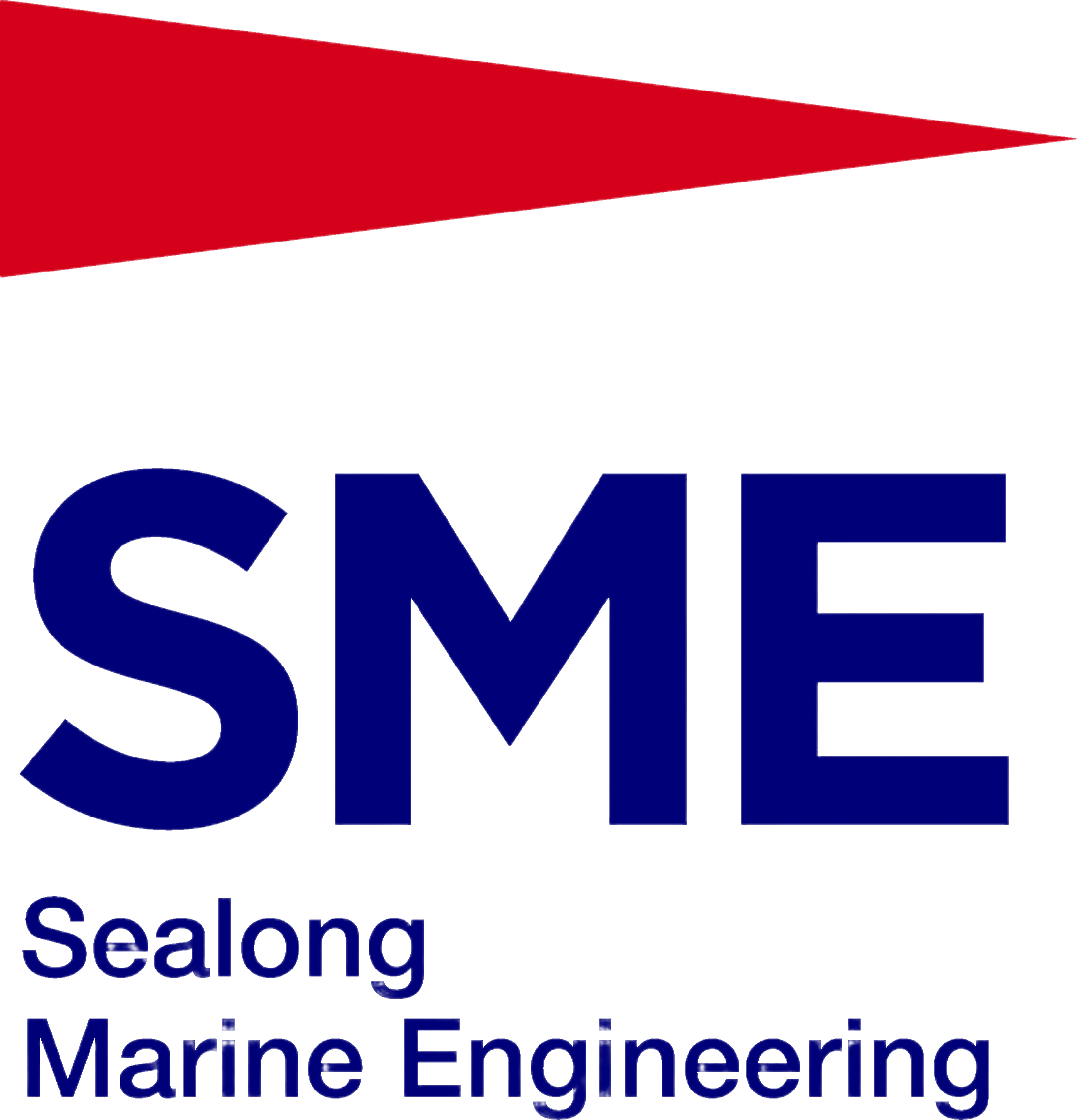How Plate Heat Exchangers Improve Energy Efficiency?
Increased focus on energy efficiency: Despite continued growth in seaborne trade, the industry's operational costs have been rising while efforts to address climate change are intensifying--and both trends put pressure on the industry to improve its energy efficiency. Of the different types, the plate heat exchanger (PHE) is recognized as most successful in maximizing heat transfer effectiveness in sea-water based systems. Its innovative design lends directly to enormous fuel savings and emissions reduction, and makes it a strategic workhorse for advanced environment friendly maritime operations.
Superior Heat Transfer Through Turbulent Flow Design
The basic efficiency of a plate type heat exchanger is a result of an ingenious plate design. Unlike normal heat exchangers, which can depend on slow laminar flow, the PHE being corrugated creates rapid turbulence among plates. This turbulence disturbs the laminar stagnant boundary layer on the plate and which is essentially heat transfer resistance. The result is an enhanced heat transfer coefficient. This means PHEs can deliver the same cooling or heating duty as a larger, heavier shell-and-tube unit with a lot less surface area and a much smaller approach temperature – that's bad news for energy wastage and imprecise temperature control.
Reduced Pumping Power and Parasitic Load
Generating turbulence consumes power, but the geometry of plate heat exchangers is such that it yields an overall net energy benefit. They also have a smaller internal volume and fluid inventory, due to their space-saving design. As a result, less fluid must be pumped to provide required flow rates which results in the reduction of pumping power consumption. This reduction of parasitic demand on a ship's auxiliaries is an important (and often ignored) aspect of the vessel's overall energy efficiency. With lower energy demands on the thermal management system itself, PHEs release electrical and mechanical power for other vessel needs.
Optimized System Performance and Fouling Resistance
I mean efficiency here not simply in the sense of initial output but also as durability over lifetime. The high effectiveness of PHEs frequently permits a central cooler better suited to the purpose, thereby reducing the loads upon prime movers and motivating accessories. In addition, although PHEs need clean utilities. their maintenance is less complicated. The capacity to snap open and inspect plates rapidly and protection for preemptive cleaning prevent fouling, a leading driver of efficiency decline. The clean exchanger sustains its ability to transfer heat rapidly, while on the dirtied system the rate of fuel consumption for thermal output rises steadily in response to fouling.
Our full marine services ensure a seamless interface and maintenance of the efficient technology. With more than 100 engineers and specialists, we guarantee that plate heat exchangers are properly dimensioned during retrofit installations and held in their as-new condition to deliver at the peak of performance. From system installation to spare parts supply, energy optimisation and all of your related operational needs, our ISO-certified process ensures that your vessel’s thermal systems run at peak performance – directly translating into reduced fuel costs, lower emissions and increased operational sustainability worldwide.

 EN
EN







































